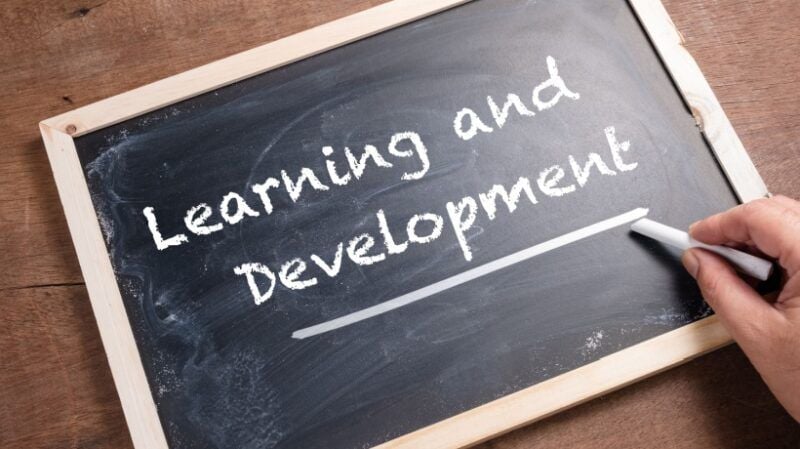
The New Period Of L&D: The Heart Hasn’t Changed
Allow me share something I’ve been seeing up close: Discovering and Growth (L&D) isn’t just developing, it’s changing at a speed most of us have not experienced before. Think about it. 5 years ago, we were discussing online knowing as a support group. Today, it’s the backbone of how organizations reskill, preserve, and encourage their workforce. Duties are moving, abilities are frequently being redefined, and development plans look absolutely nothing like the ones we developed a decade ago.
As an L&D expert, I usually hear leaders ask: “What are the most useful technologies I can try for my labor force? Exactly how do I even understand what skills to prioritize?” If you have actually been wrestling with these inquiries, you’re not alone. Allow’s unload what’s happening and where you can focus your energy.
1 From Job Roles To Skills: The Shift That Modifications Everything
We used to design learning around static job descriptions. Today, job doesn’t fit nicely right into those boxes anymore. Organizations are moving towards skills-first methods. Why? Because abilities are real currency of development.
- Ability taxonomies and structures (like those developed into contemporary LMS platforms) are aiding services identify what’s missing out on today and what will certainly be critical tomorrow.
- Interior skill markets are arising, where workers are matched to jobs based upon skills as opposed to job titles.
- For you as a leader, this suggests reskilling isn’t a side job; it’s your best retention approach.
2 AI Is Here, However It Requirements Guardrails
AI is no longer advanced; it’s already inside your LMS and finding out strategy, nudging students with customized recommendations. And when done right, it feels like magic.
- Individualized paths
AI examines student habits and recommends programs straightened with career desires. - Time-saving automation
Admin jobs like enrollment, reporting, and feedback loopholes are coming to be simpler. - Skill visibility
AI-powered control panels provide leaders clearness on labor force readiness.
But below’s my caution: AI is only as strong as the data and administration behind it. Be curious, experiment, however likewise ask suppliers tough concerns regarding transparency, predisposition, and information safety.
3 Skills-Based Learning Satisfies Human-Centered Layout
While innovation can scale, human-centered style makes it stick. The advancements I’m most thrilled around are the ones that blend tech with empathy:
- Microlearning and pushes
Tiny, just-in-time ruptureds of understanding that regard learners’ active timetables. - Knowing in the circulation of job
Integrations with MS Groups, Slack, or CRMs where staff members currently spend their time. - Career-linked learning
Advancement plans that directly link skills discovered to promos or new opportunities.
These aren’t just “nice-to-haves.” They’re ending up being anticipated.
4 Immersive Discovering Is No Longer An Experiment
Digital Fact (VR) and Augmented Reality (AR) were once buzzwords. Today, they’re useful devices, together with much-utilized simulations, scenario-based understanding, and gamification, specifically for remote and worldwide teams.
- Envision a frontline employee practicing safety procedures in VR, risk-free.
- Or a new supervisor entering a gamified simulation to exercise leadership discussions.
These immersive methods enhance retention and confidence, particularly in high-stakes roles. And the good news? Prices are decreasing, making them more possible for a larger series of companies.
5 Partnership Is The New L&D Superpower
Right here’s the truth: in the brand-new period, L&D can not be successful in a silo anymore. The most impactful programs I have actually seen were birthed from solid partnership in between human resources, IT, and business leaders.
- Human resources offers the lens of skill and society.
- IT makes certain systems integrate seamlessly.
- Business leaders connect finding out to approach and growth objectives.
When these voices integrated, discovering ends up being a company chauffeur, not just a human resources feature.
If You’re Unclear Concerning Abilities Or Top Priorities, Beginning Below
Lots of leaders inform me, “I’m not even clear regarding which skills matter many.” That’s entirely understandable. The landscape in this new age of L&D is noisy. Below’s an easy method I suggest:
- Pay attention to your organization approach
What’s changing in your market, item, or client expectations? - Check out your workforce information :
Where are people leaving? Which teams are struggling? - Start tiny with pilots
Pick one location, like digital fluency, management preparedness, or consumer experience, and run a concentrated program. Measure, find out, range.
Keep in mind: you do not need to do everything at once. Also tiny, intentional moves can develop large ripples in culture and performance.
Last Idea: The Heart Of L&D Hasn’t Altered
Yes, the devices, duties, and techniques are shifting dramatically. However at the heart of it, even the brand-new era of L&D is still concerning opening human possibility. As CLOs and L&D leaders, our job is to develop environments where individuals feel capable, supported, and influenced to grow. Whether with AI-driven customization, immersive simulations, or just far better discussions in between supervisors and teams, the objective stays the exact same: to aid individuals prosper so that organizations can grow.
If you wonder concerning which advancements could function best for your workforce, start exploring. Try something tiny, measure the influence, and don’t hesitate to repeat. Due to the fact that in 2025, the most effective L&D leaders will not be the ones who did every little thing, they’ll be the ones that relocated with intention.